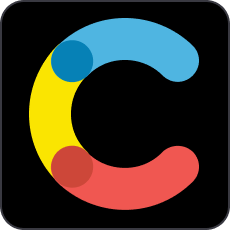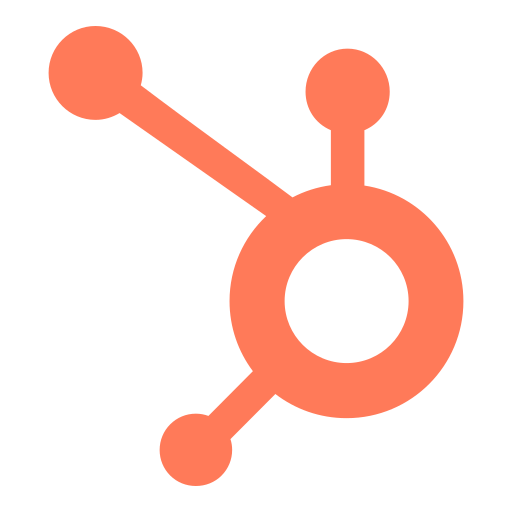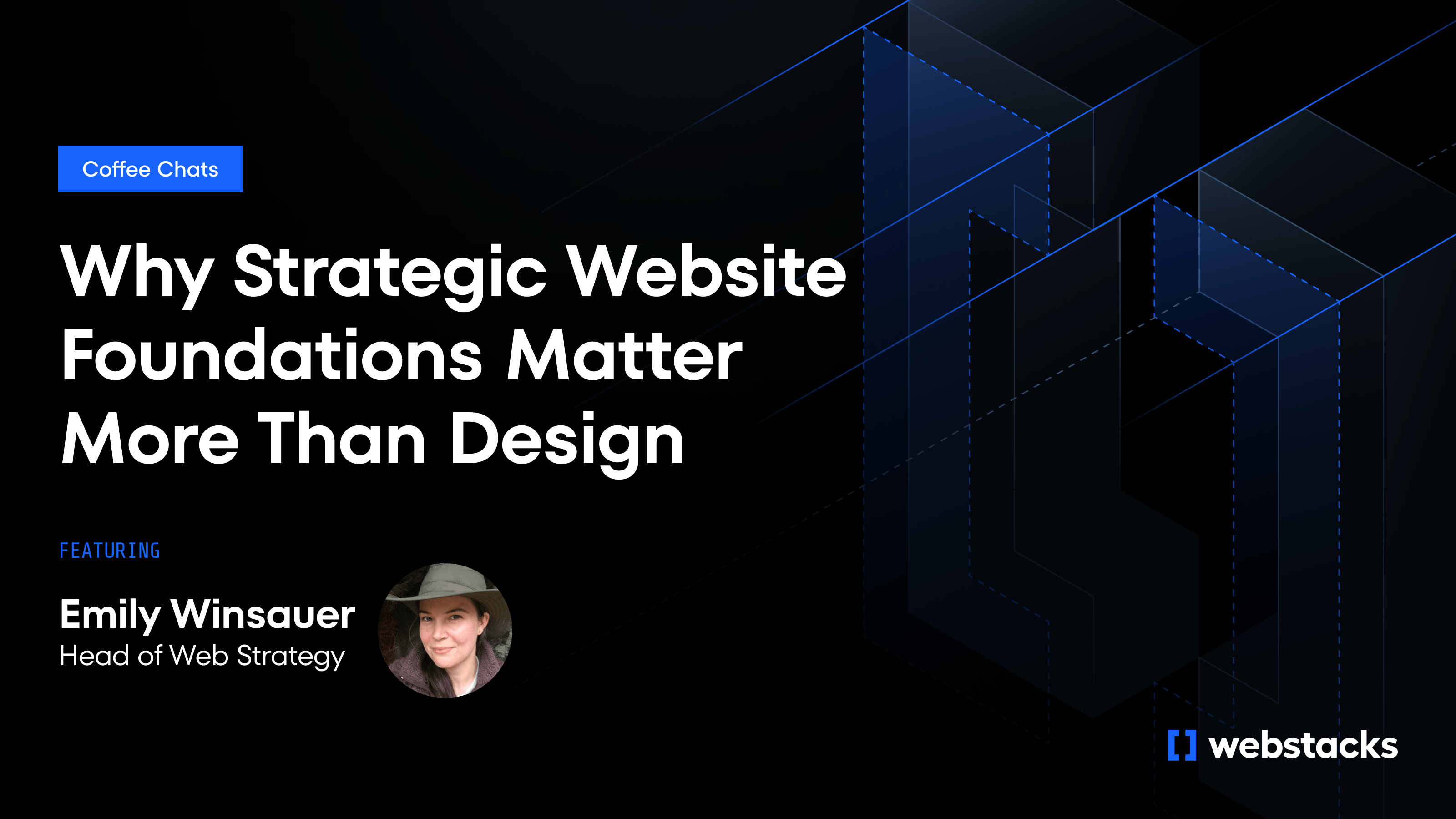Healthcare companies are under pressure to deliver better digital experiences. Your healthcare content management system (CMS) plays a central role in how well your team can keep up.
For MedTech and healthcare marketing teams, the right CMS needs to support multi-audience communication, adapt to compliance requirements, and make it easy to scale campaigns or launch new services without engineering bottlenecks.
Security, speed, and flexibility are baseline requirements.
As a web development agency, Webstacks works with healthcare organizations to implement CMS platforms that support growth. That includes modular, composable systems that give marketers more control and make it easier to keep pace with product and content demands.
In this guide, we’ll break down what to look for in a healthcare CMS. And highlight 10 platforms that are built to meet the needs of healthcare and MedTech teams.
What is a Healthcare Content Management System?
A healthcare content management system is software that enables marketing and digital teams to create, manage, and publish digital content. Typically across websites, landing pages, and patient portals.
However, unlike other CMS platforms, a healthcare CMS must also support the unique demands of the healthcare industry: strict compliance, multi-audience messaging, and often complex integrations with internal systems.
Modern healthcare CMSs are expected to do more than just host content:
- They support multi-audience UX and help teams speak clearly to patients, providers, payers, and partners.
- They integrate with tools like EHRs, CRMs, and marketing automation platforms.
- They enable rapid iteration, allowing digital teams to launch new campaigns or content updates without long dev cycles.
- They offer the flexibility to scale across business units, geographic regions, and service lines while remaining compliant and performant.
This is especially important for growth-stage MedTech companies rolling out new products or repositioning their brand. In those scenarios, legacy CMS platforms, like WordPress or homegrown solutions, often create friction rather than momentum.
A modern healthcare CMS needs to be secure, scalable, and agile enough to support your go-to-market strategy.

Key Considerations When Choosing a Healthcare CMS

If you’re a MedTech marketing or digital leaders, here are important factors to evaluate before you choose a healthcare CMS:
1. Compliance and Security
Your CMS must be capable of supporting HIPAA requirements, secure hosting, and granular access controls. Look for platforms that offer:
- End-to-end encryption (both at rest and in transit)
- Role-based permissions
- Secure audit trails
- Configurable privacy settings
Even if the CMS isn’t “HIPAA-certified” (since there’s no official designation), it should allow you to build and maintain a HIPAA-compliant site.
2. Scalability and Modularity
Your content system needs to grow with your organization. A headless CMS architecture allows you to scale content across different brands, geographies, or service lines. This is especially useful for:
- Multi-brand healthcare groups
- Clinical trial recruitment sites
- Regional hospital networks
With the right CMS, you can reuse design components and content blocks, making it easier to launch new pages quickly and manage multiple healthcare sites.
3. Multi-Audience Experience
Most healthcare websites must serve multiple stakeholders: patients, providers, payers, and internal teams. Your CMS should give you the tools to create tailored experiences without duplicating effort. This includes:
- Personalized content delivery
- Conditional logic and audience segmentation
- Integrated localization and translation workflows
4. Ease of Use for Marketers
The CMS becomes a bottleneck if your marketing team can’t make changes without waiting on developers. Choose a platform with a user-friendly interface, inline editing, and drag-and-drop builders to support agile content management. This will allow your team to move quickly, test ideas, and iterate based on performance.
5. Integration Capabilities
A CMS doesn’t operate in a vacuum. Look for systems that play well with your existing tools such as your CRM, analytics stack, or EHR system. Headless and API-first CMS platforms offer more flexibility here, enabling:
- Real-time data sync with external systems
- Omnichannel publishing
- Rich personalization powered by external data sources
6. Performance and Accessibility
Page speed and accessibility are especially important in healthcare, where many users rely on mobile devices or assistive technology. Your CMS should support:
- Fast-loading, responsive experiences
- WCAG 2.1 compliance out of the box
- SEO best practices baked into templates and structure
10 Best Healthcare Content Management Systems
The right CMS can transform how your team manages and scales digital experiences. Below, we evaluate the top CMS platforms for healthcare organizations:
1. Contentful
Contentful is a headless CMS designed for enterprises managing structured content across multiple digital channels. It gives development teams complete control over how and where content appears, making it ideal for omnichannel healthcare delivery.
Key features:
- Flexible content modeling and structured data
- GraphQL and REST APIs for multi-platform content delivery
- Real-time preview and collaboration tools
- Role-based permissions and version control
- Integrations with localization, personalization, and workflow tools
Best for: Healthcare systems or MedTech companies operating across regions, platforms, and languages, where content must be delivered to websites, mobile apps, kiosks, or wearable devices.
Pros:
- Scalable and future-ready architecture
- Excellent developer experience and support
- Clean separation between content and presentation
Cons:
- Requires engineering resources to implement and maintain
- Limited built-in features for non-technical marketers

2. Sanity
Sanity is a modern, developer-first headless CMS that empowers teams to structure content exactly how they need it and deliver it anywhere via APIs. It’s highly customizable and ideal for healthcare organizations with omnichannel content strategies.
Key features:
- Real-time collaborative content editing
- Highly customizable content modeling
- Structured content with JSON-based schema
- Strong API support for mobile, web, and app delivery
- Integration-ready with tools like Next.js, Vercel, and Netlify
Best for: MedTech startups and digital-first providers scaling content across websites, mobile apps, patient portals, and other digital properties.
Pros:
- Exceptional flexibility and scalability
- Headless architecture allows true omnichannel delivery
- Live collaboration and preview tools
Cons:
- Requires developer support for setup and scaling
- No built-in marketing automation or visual page builder

3. Sitecore
Sitecore is a composable digital experience platform (DXP) that integrates a CMS with advanced personalization and marketing automation capabilities. Sitecore is built for enterprise-level organizations and offers a powerful content hub for orchestrating patient journeys and digital campaigns.
Key features:
- Enterprise-grade personalization and segmentation tools
- Integrated marketing automation and analytics
- Headless, hybrid, or traditional CMS options
- Multisite and multilingual management
- Built-in support for A/B testing and optimization
Best for: Healthcare organizations with global footprints or complex audience segmentation strategies. Sitecore is ideal for large hospital systems or MedTech companies delivering deeply personalized, omnichannel experiences.
Pros:
- Highly customizable with composable architecture
- Personalization capabilities ideal for B2B and B2C healthcare
- Centralized management of multiple brands, languages, and audiences
Cons:
- High implementation and maintenance cost
- Requires experienced developers and IT resources
4. Drupal
Drupal is a highly flexible, open-source CMS trusted by government agencies, universities, and healthcare systems for its robust architecture and extensive customization capabilities. Its modular nature makes it ideal for organizations with complex workflows and high security requirements.
Key features:
- Granular user roles and permission control
- Strong multilingual and localization support
- Mature module ecosystem for extending functionality
- Built-in caching and performance optimization features
- Can be configured for HIPAA compliance with secure hosting partners
Best for: Healthcare organizations that require tailored content workflows across departments and need to manage a high volume of localized, patient or provider-specific content. Commonly used by academic medical centers and large health systems with in-house development teams.
Pros:
- High degree of customization
- Large developer community and enterprise support
Cons:
- Requires significant developer involvement
- Steeper learning curve for marketers without technical support
5. Remedy CMS
Remedy CMS is built for the healthcare industry. It offers secure, HIPAA-compliant website management for hospitals, medical practices, and specialty clinics. It’s a turnkey solution designed to reduce time to launch and ongoing overhead.
Key features:
- Built-in HIPAA compliance and secure hosting
- Pre-built healthcare templates (appointment booking, provider bios, services)
- Integrated patient education resources and content library
- ADA-compliant designs and accessibility tools
- Support for patient portals and telehealth integration
Best for: Mid-sized practices or healthcare networks seeking a streamlined, compliance-ready CMS that allows non-technical users to update content and launch pages independently.
Pros:
- Industry-specific solution with excellent customer support
- No need for third-party plugins to ensure compliance
- Easy-to-use editor for healthcare marketers
Cons:
- Proprietary architecture limits custom development
- Less flexibility than open-source or headless platforms
6. Adobe Experience Manager (AEM)
Adobe Experience Manager is an enterprise-grade content and digital asset management system that empowers organizations to deliver personalized experiences at scale. It combines CMS capabilities with marketing automation, analytics, and advanced personalization.
Key features:
- Content targeting powered by Adobe Sensei (AI)
- Hybrid CMS deployment options (headless, traditional, or both)
- Built-in digital asset management (DAM)
- Strong localization and translation workflows
- Integration with Adobe Marketing Cloud and Adobe Analytics
Best for: Enterprise health systems and MedTech companies looking to unify content and customer data for hyper-personalized patient journeys across web, email, mobile, and more.
Pros:
- Powerful personalization and content automation tools
- Scalable across global brands and teams
- Strong integration with Adobe’s marketing suite
Cons:
- High licensing and implementation costs
- Requires a team with AEM and Adobe Cloud expertise
7. Kentico
Kentico is a hybrid CMS and DXP offering traditional and headless content delivery modes. Its out-of-the-box marketing features and enterprise-grade security make it a good fit for healthcare organizations modernizing their digital operations.
Key features:
- Built-in digital marketing suite (automation, lead scoring, email campaigns)
- Multisite and multilingual capabilities
- HIPAA-friendly hosting with security-first architecture
- Easy content governance and workflow setup
- API-first design for integrations
Best for: Healthcare marketing teams that want an all-in-one CMS and marketing platform without juggling multiple tools. Ideal for providers expanding into new markets or launching microsites.
Pros:
- Combines CMS and marketing features in one platform
- Easy-to-use interface for marketers and editors
- Strong support for security and compliance
Cons:
- Less extensible than open-source or fully headless platforms
- Limited third-party integrations compared to Adobe or Sitecore
8. Joomla
Joomla is an open-source CMS known for its flexibility and multilingual support. While not tailored exclusively for healthcare, it offers extensive extensions, some explicitly developed for medical websites, and a vibrant global community.
Key features:
- Built-in multilingual and multisite functionality
- Extension library for appointment scheduling, secure forms, and directories
- Role-based access control and user management
- Support for HIPAA compliance when combined with secure hosting
- SEO and performance optimization features
Best for: Rgional healthcare organizations, nonprofits, or specialty clinics that need multilingual support and a balance between customization and cost-efficiency.
Pros:
- Free and open-source
- Highly customizable with healthcare-specific extensions
- Strong community support
Cons:
- Less intuitive UI than WordPress or HubSpot
- Limited official support compared to commercial platforms
9. HubSpot CMS
HubSpot CMS is a cloud-based content management system built around CRM and marketing automation tools. While not healthcare-specific, it’s a strong option for inbound-focused healthcare teams looking to generate leads and personalize content experiences.
Key features:
- Native CRM integration for lead tracking and segmentation
- Smart content personalization based on visitor data
- SEO recommendations and performance tracking
- Easy drag-and-drop content editor
- Built-in forms, CTAs, and analytics
Best for: Healthcare providers, wellness companies, and MedTech startups with a strong marketing and lead-generation focus. Enables marketing teams to manage content, nurture leads, and track performance without dev support.
Pros:
- All-in-one marketing and CMS platform
- Marketer-friendly interface
- Fast deployment and easy A/B testing
Cons:
- Limited customization for complex backend workflows
- Not HIPAA-compliant out of the box; requires configuration and secure hosting

10. WordPress (with Healthcare Plugins)
WordPress powers a good chunk of websites globally. While not healthcare-specific, it can be configured for secure and compliant use with the right plugins, themes, and hosting setup.
Key features:
- Easy-to-use block editor (Gutenberg)
- Thousands of themes and healthcare-specific templates
- Plugins for HIPAA compliance, appointment scheduling, and secure forms
- Active plugin ecosystem (Gravity Forms, WPForms, HIPAA Vault)
- SEO-friendly structure with extensive plugin support
Best for: Small to mid-sized clinics, solo practitioners, or healthcare startups that need a cost-effective CMS and are willing to manage compliance through third-party tools.
Pros:
- Low barrier to entry and quick setup
- Huge plugin and theme marketplace
- Flexible for custom design or branded experiences
Cons:
- Not inherently HIPAA-compliant; relies on plugins and secure hosting
- Can become bloated and harder to manage at scale
Future-Proof Your Website
Choosing the right healthcare CMS accelerates launches, improves communication, and supports scalable growth.
From enterprise-grade platforms like Sitecore and Adobe Experience Manager to flexible headless tools like Sanity and Contentful, the best CMS for your organization will depend on your team’s technical maturity, compliance needs, and digital goals.
At Webstacks, we help healthcare companies implement the best CMS for their business and build digital platforms that evolve with their business. And we partner with your team to build a CMS that supports growth, speed, and compliance.
Contact us if you’re ready to modernize your CMS.





